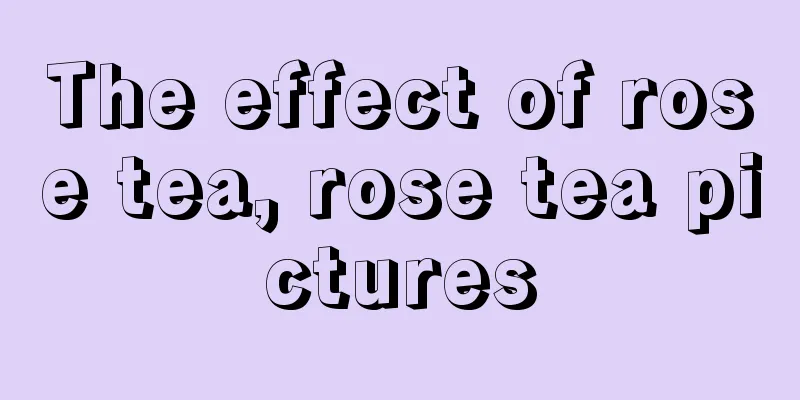How to cultivate velvet needles

Farming methodsSoil selectionPlanting needles can generally be done with a mixture of peat, vermiculite and perlite, or a mixture of peat and coarse sand. Light temperatureVelvet needles prefer a warm, dry and sunny growing environment. They are usually green, and will slowly change color as the sunshine time increases and the temperature difference increases. Can be exposed to full sun. The velvet needle needs to receive sufficient sunlight to make the plant shape more compact and beautiful. If there is too little sunlight, the leaves will become loose and long and thin. In addition, it is afraid of low temperatures and frost and snow, and can tolerate partial shade. Its native habitat is in southern Africa and South Africa. There is a short dormancy during the high temperatures of summer. The suitable temperature for the growth of velvet needles is 15-25 degrees, and not lower than 5 degrees in winter. Water and fertilizer managementCashmere does not require much water, and too much water can easily breed disease and cause waterlogging. During the growing season, water thoroughly when the soil is dry, and keep the soil in the pot dry in winter. It will hibernate in the summer when the temperature is high, so be sure to reduce watering. It can continue to grow in the winter. Fertilization is generally applied once every two months during the spring and autumn growing season. Reproduction methodVelvet needles are very easy to grow in groups, and the main method of reproduction is cuttings, but leaf cuttings are also possible. It can be carried out throughout the year, with faster rooting and higher survival rate in spring and autumn. Velvet needles can also be propagated by beheading, division and sowing. PrecautionsDormant period maintenanceThe temperature is generally high across the country in summer, and the velvet needles are in a dormant period at this time. It is not advisable to water them too much or apply fertilizers to prevent the velvet needles from being waterlogged and rotten. Winter maintenanceVelvet needles are slightly cold-resistant, so you need to pay attention to frost protection in winter. When the temperature is below 5℃, you can take appropriate warming measures, such as adding protective covers, etc. The velvet needles will drop their leaves when they are frozen, which is very painful to see! |
<<: Breeding methods and precautions of the city that never sleeps
>>: Breeding methods and precautions of Black Prince
Recommend
How to grow mosquito repellent grass
fertilizer Mosquito repellent grass grows very fa...
What is Paulownia and how to propagate it
1. What is Paulownia? Paulownia is a plant of the...
How to grow evening mist flower
1. Maintenance methods 1. Temperature: Evening mi...
Can golden grass be hydroponically cultivated? Hydroponics planting methods and techniques
Can golden grass be grown hydroponically? Golden ...
Does jasmine drop its leaves in winter?
1. Will the leaves fall off? Jasmine requires a r...
What to do if the green treasure tree loses its leaves
1. Lighting issues (1) Reason: We should first un...
Hydrangea cutting propagation
1. Choose branches Before taking cuttings, you sh...
How to breed iron ball
1. Breeding Methods The propagation of the iron a...
Can the snake plant be exposed to rain? Can it be left outside in the rain?
Being exposed to rain is certainly not a big prob...
Four-season maintenance methods for high snow wheels
spring Spring is the season when the snow wheel g...
How to water Tiger Pilan so that it grows fast without water accumulation (appropriate watering method after planting Tiger Pilan)
Watering methods and precautions for Tiger Pilan ...
How to grow hydrangeas more vigorously?
Hydrangea gets its name because when its flowers ...
The growth environment of vines is suitable for growing
Growing environment conditions of rattan Wisteria...
What kind of soil is suitable for planting baby's breath
Gypsophila soil Baby's breath likes to grow i...
Diseases and prevention of Sansevieria
Sansevieria leaf spot Symptoms of harm Leaf spot ...









